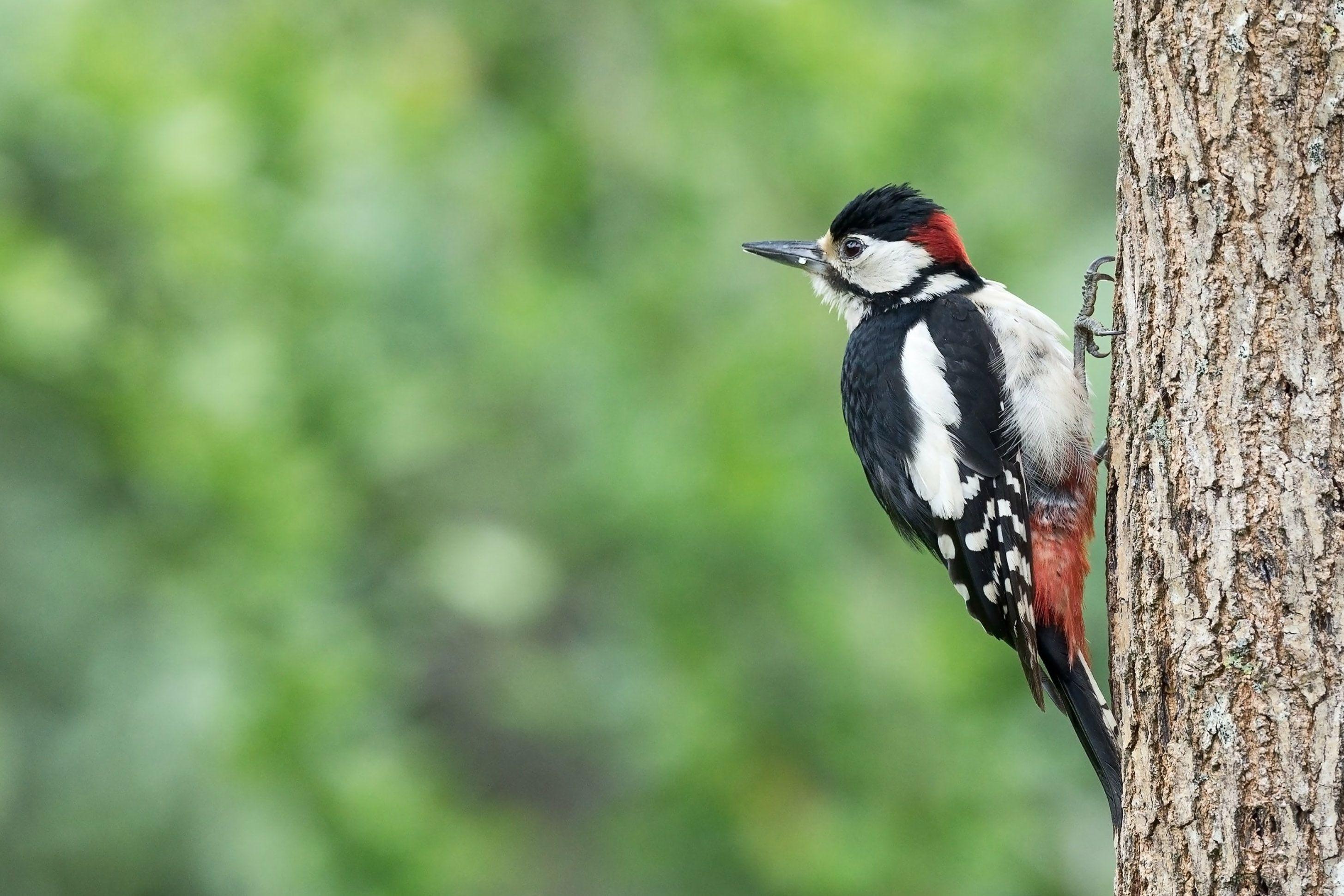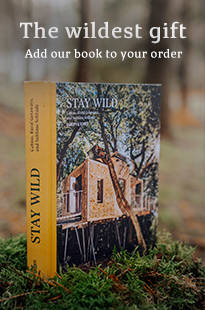- Location
- Glamping
Special occasions
- Stories
- Gift Cards
- About us
About Canopy & Stars
More from Canopy & Stars
More at Sawday's
Name that tune
Birdsong is the subtle background music of the countryside, often unnoticed but providing soothing, subconscious proof that you’re somewhere quiet enough to hear it. It’s beautiful to just let it wash over you, but a little knowledge and a good ear can add an extra dimension to your rural roaming.
We got in touch with the Woodland Trust for a crash course in birdsong identification that’ll have you chirping along in no time.
Robin
Song: A silvery, crystal song that becomes more wistful during the winter months.
Call: Produces a rapid, urgent 'tic' call when alarmed.
Best time to hear: Can be heard all year round, but especially at dusk. Artificial lighting can encourage it to sing long into the evening.
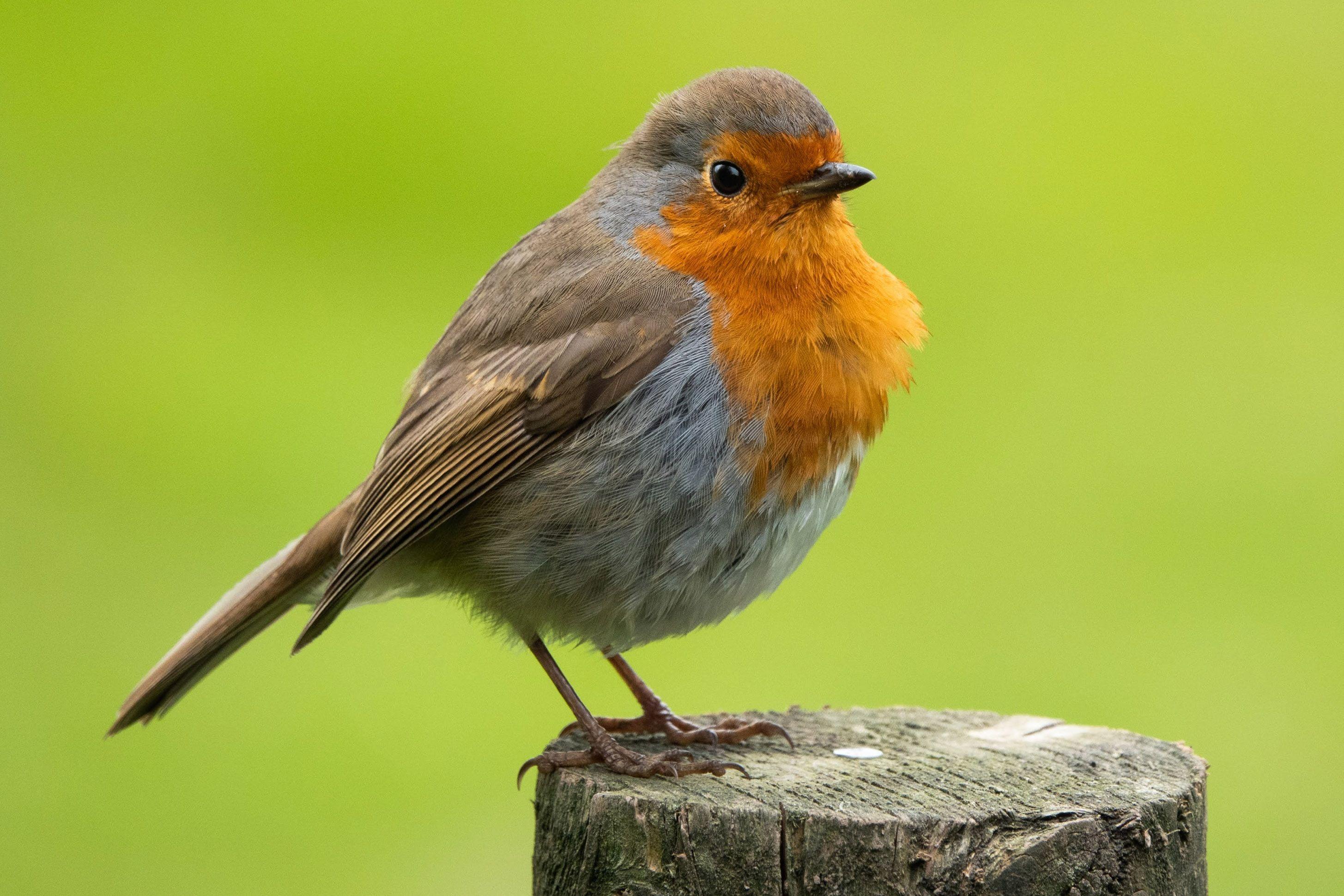
Blackbird
Song: Rich and mellow with a languid pace and short pauses between phrases.
Call: Scolding, harsh outburst when alarmed and often delivered in flight.
Best time to hear: Typically heard on long summer evenings.
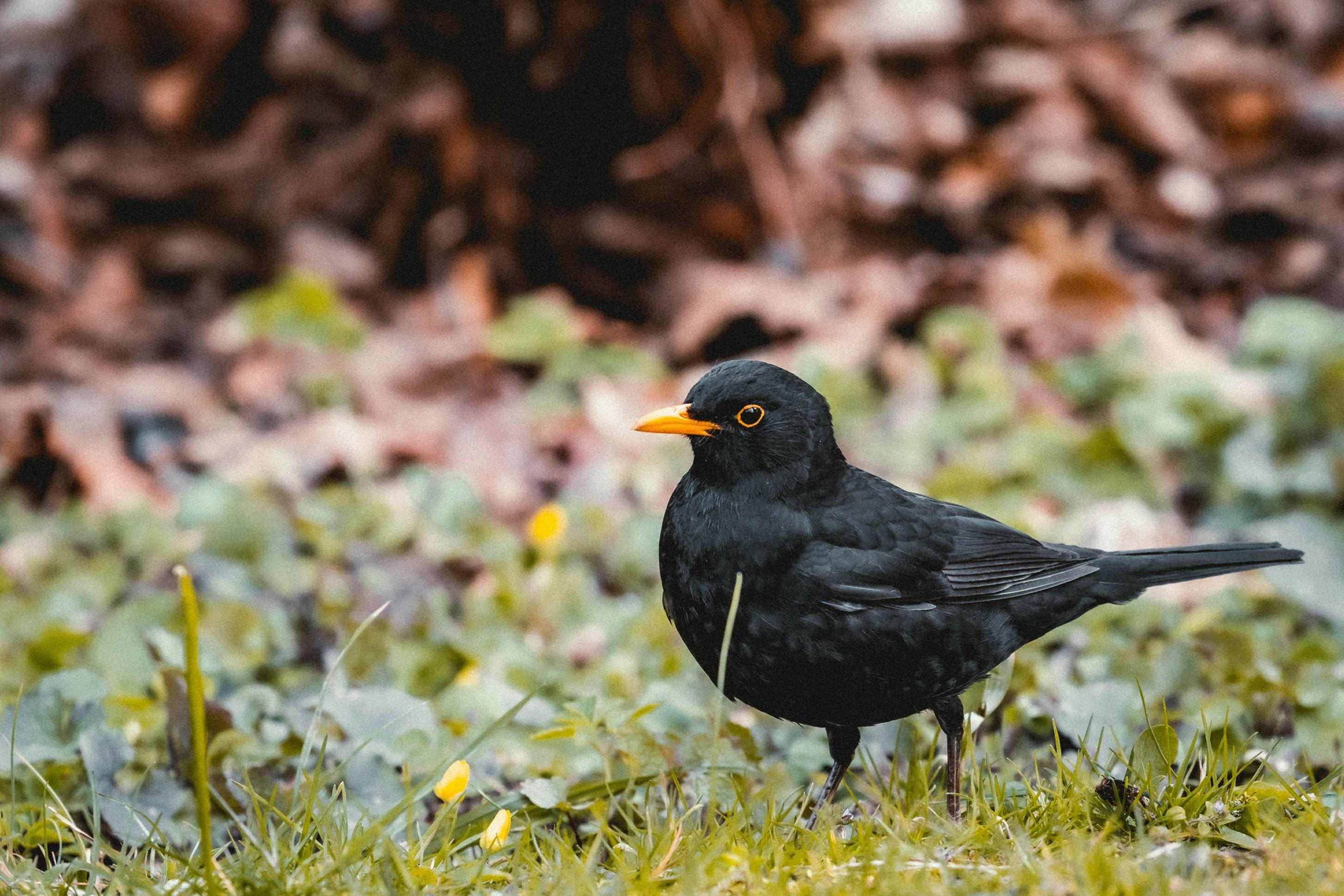
Wren
Song: A loud burst of song with consistent phrases, including a tell-tale machine gun rattle towards the end.
Call: A loud, rapid 'tititic' when alarmed.
Best time to hear: Can be heard all year round but especially in spring.
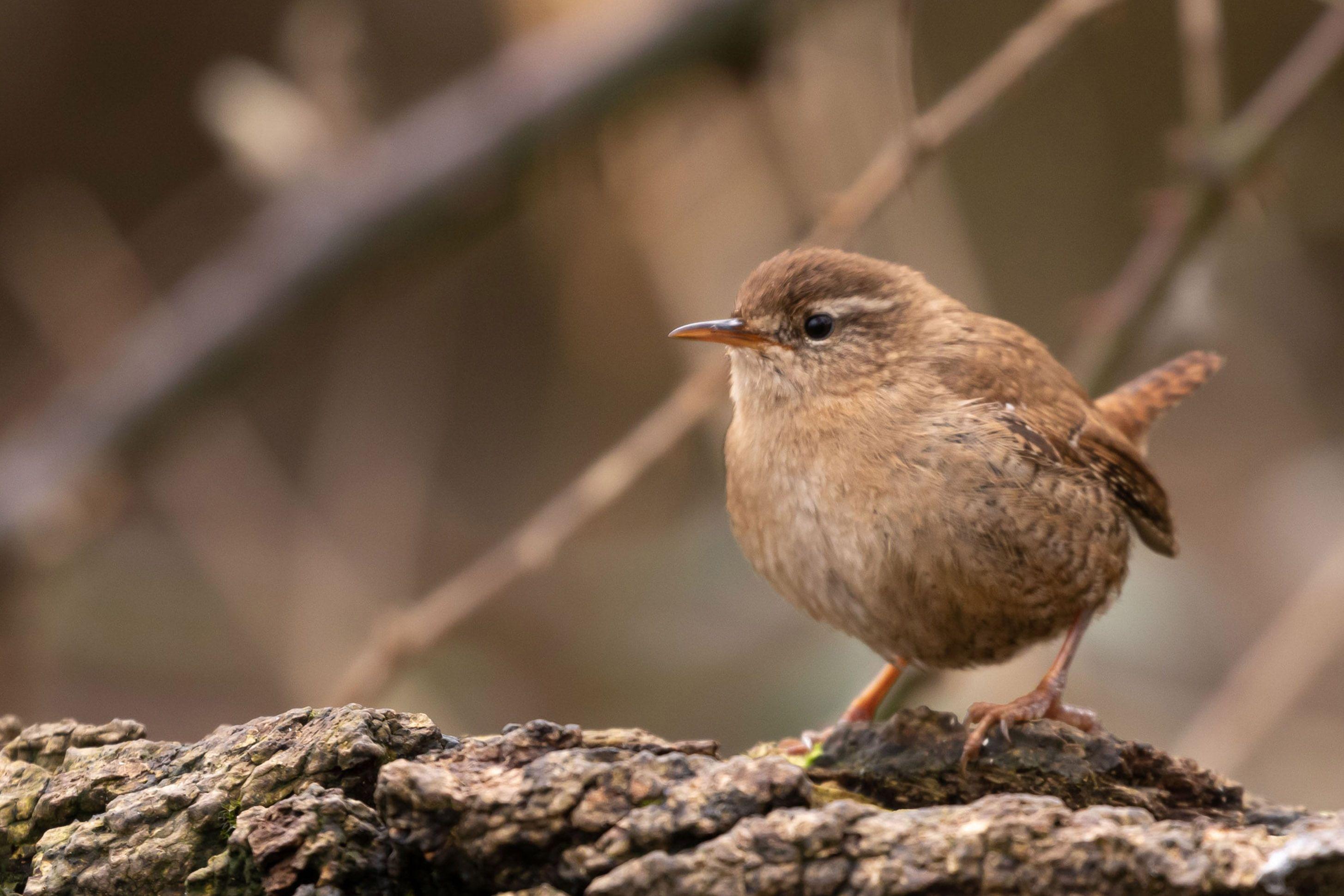
Dunnock
Song: A short warble which is flatter and less melodious than robin or blackbird. Not to be confused with wren song with is much more forceful and higher pitched.
Call: Repetitive 'tseep' sound, often heard from dense bushes or undergrowth.
Best time to hear: From as early as January and into summer.
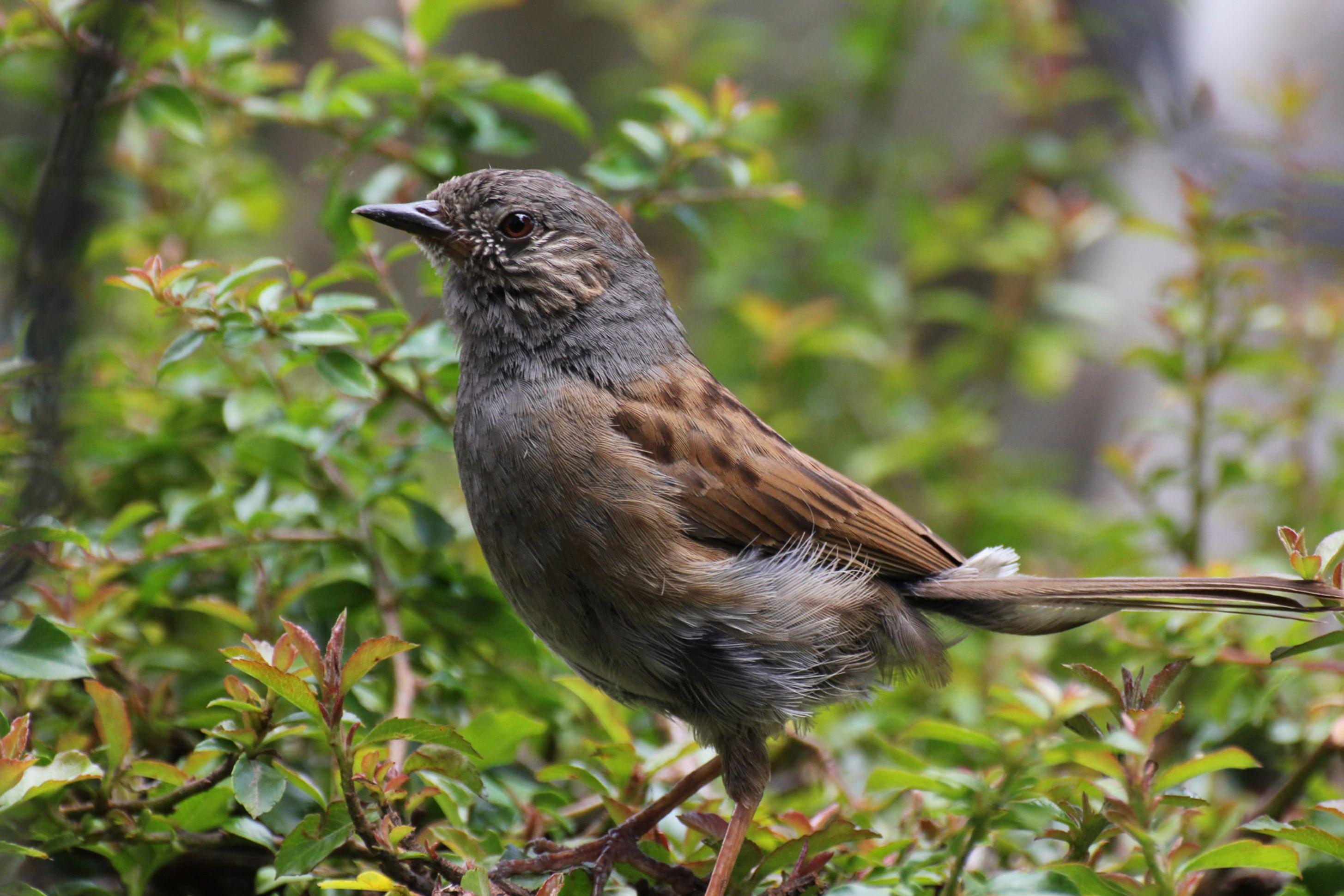
Greenfinch
Song: Twittery and similar to goldfinch song but with a characteristic wheeze when in flight.
Call: A distinctive nasal wheeze given when perched.
Best time to hear: Most vocal during the breeding season from April to June.
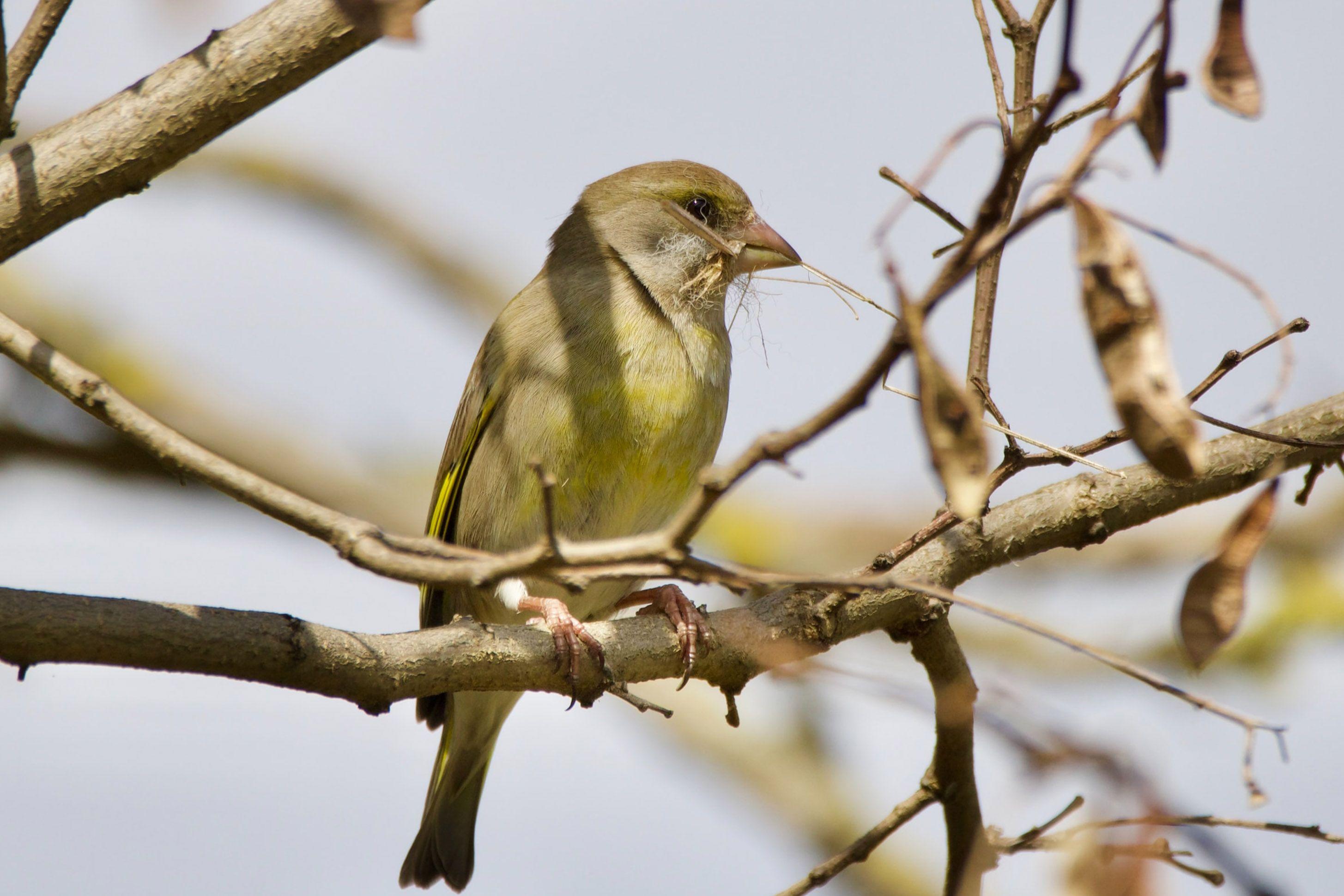
Chaffinch
Song: Short and fast descending song that ends with 'diddieoo', or repetitive, insistent single notes known as the chaffinch's rain song.
Calls: Contact call is an abrupt 'pink, pink' sound.
Best time to hear: Can be heard throughout spring and summer.
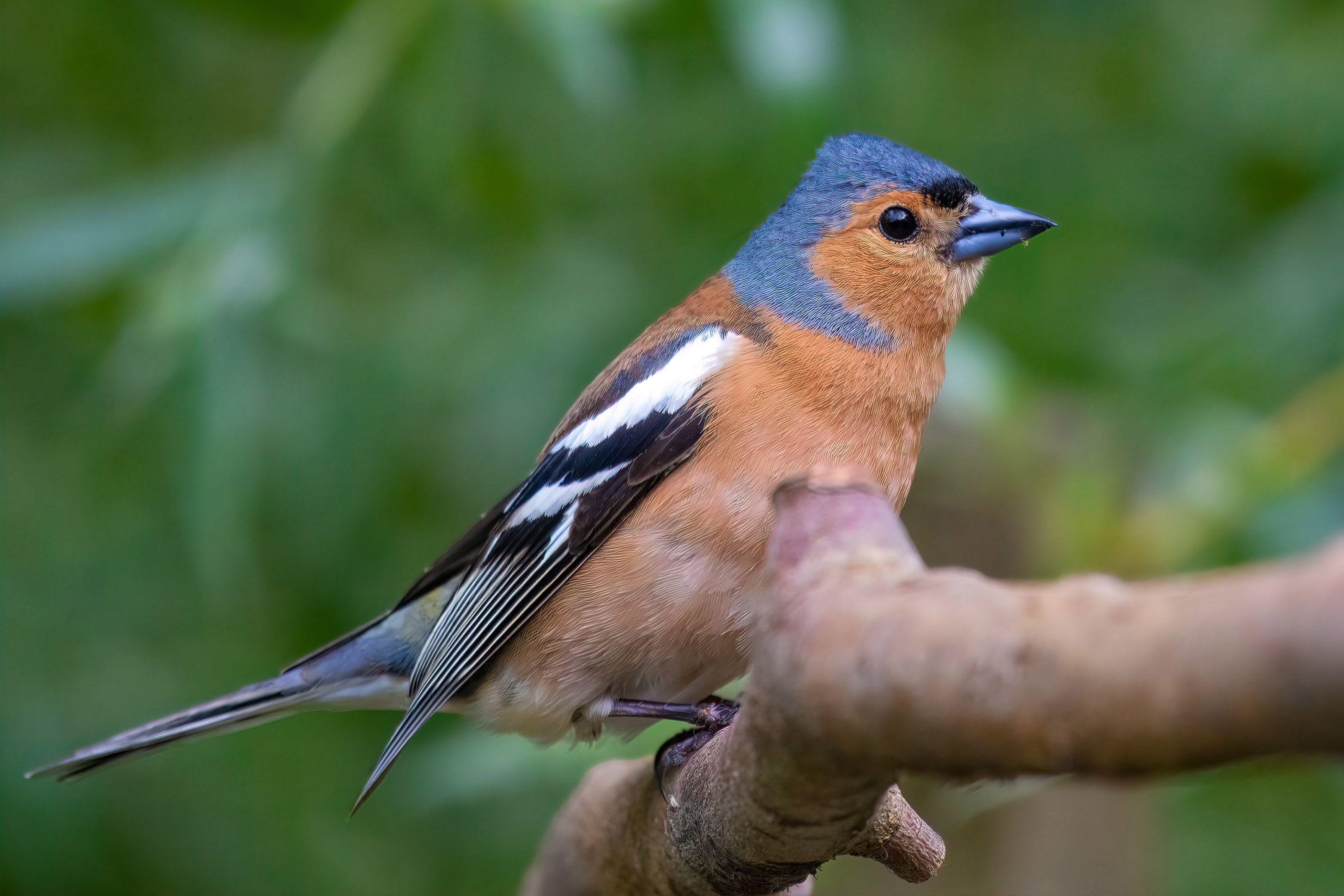
Goldfinch
Song: Light and twittery song with delicate phrases.
Call: Produces various calls, some fluttery and others shrill, particularly when travelling in groups.
Best time to hear: Listen for them from late April.
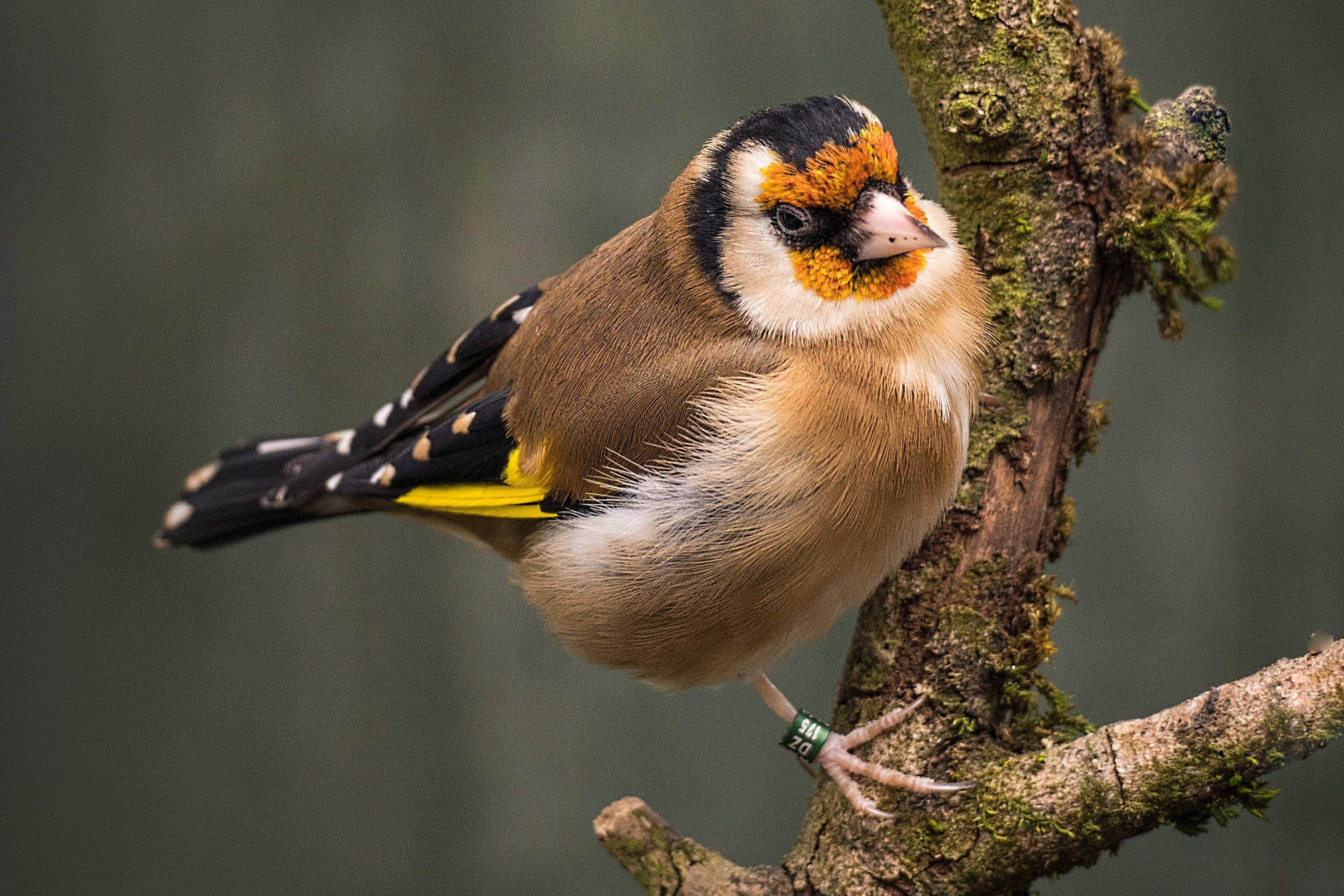
Blue tit
Song: A short, high pitched phrase similar to 'tsee tsee tsee chu-chu-chu'.
Call: Has a variety of contact and alarm calls, from inquisitive 'churr' sounds to softer peeps.
Best time to hear: Can be heard throughout the year but mostly from late winter through to the end of the breeding season.
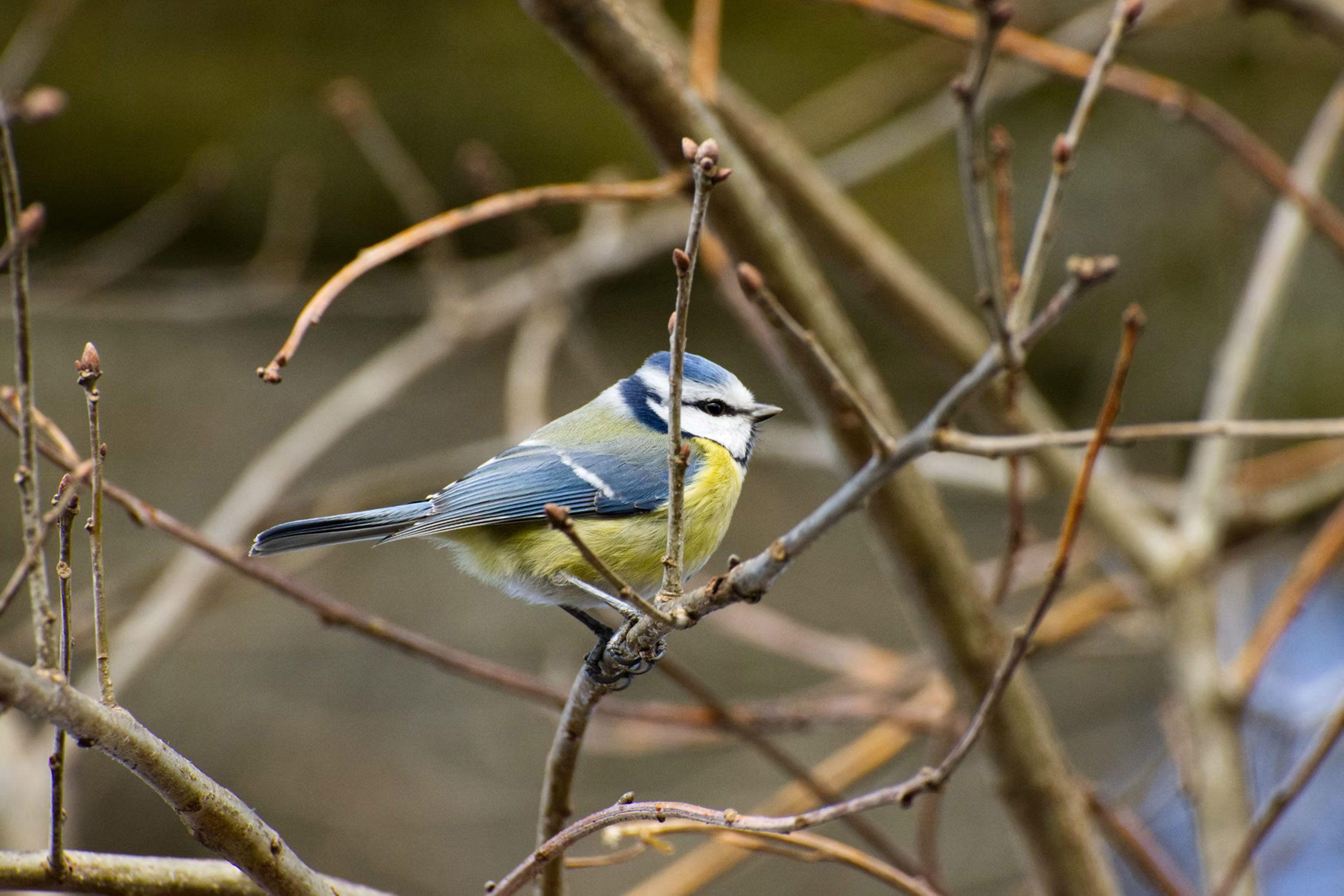
Great tit
Song: Clear and repetitive 'tea-cher, tea-cher, tea-cher'.
Calls: Has a range of calls that can be difficult even for seasoned birdwatchers to identify.
Best time to hear: Begins singing in early spring as buds begin to burst.
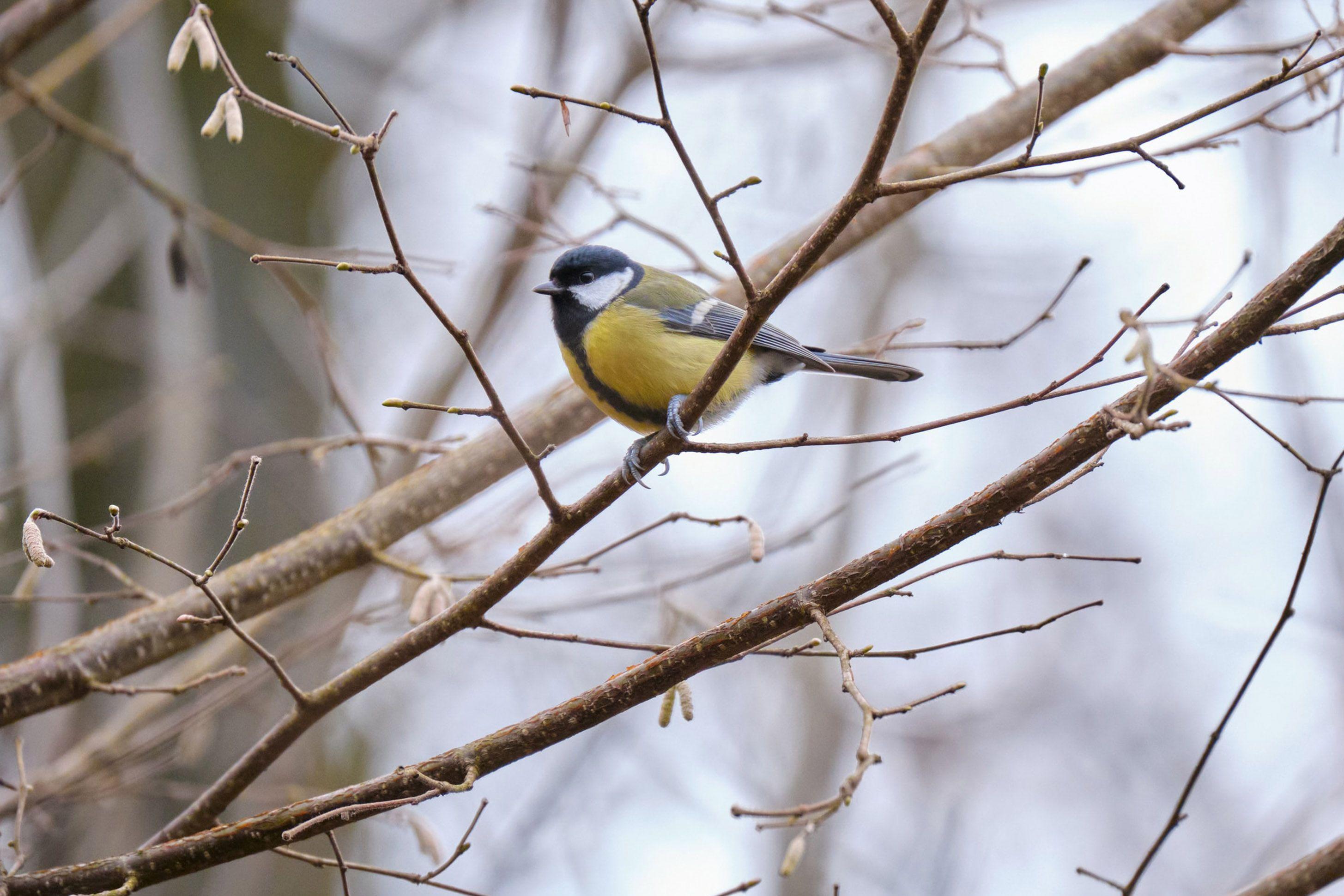
Song thrush
Song: Variety of short, high-pitched phrases, usually repeated two or three times in quick succession.
Call: Flight call is a sharp 'tsip'.
Best time to hear: Males begin singing as early as January, particularly in early morning.
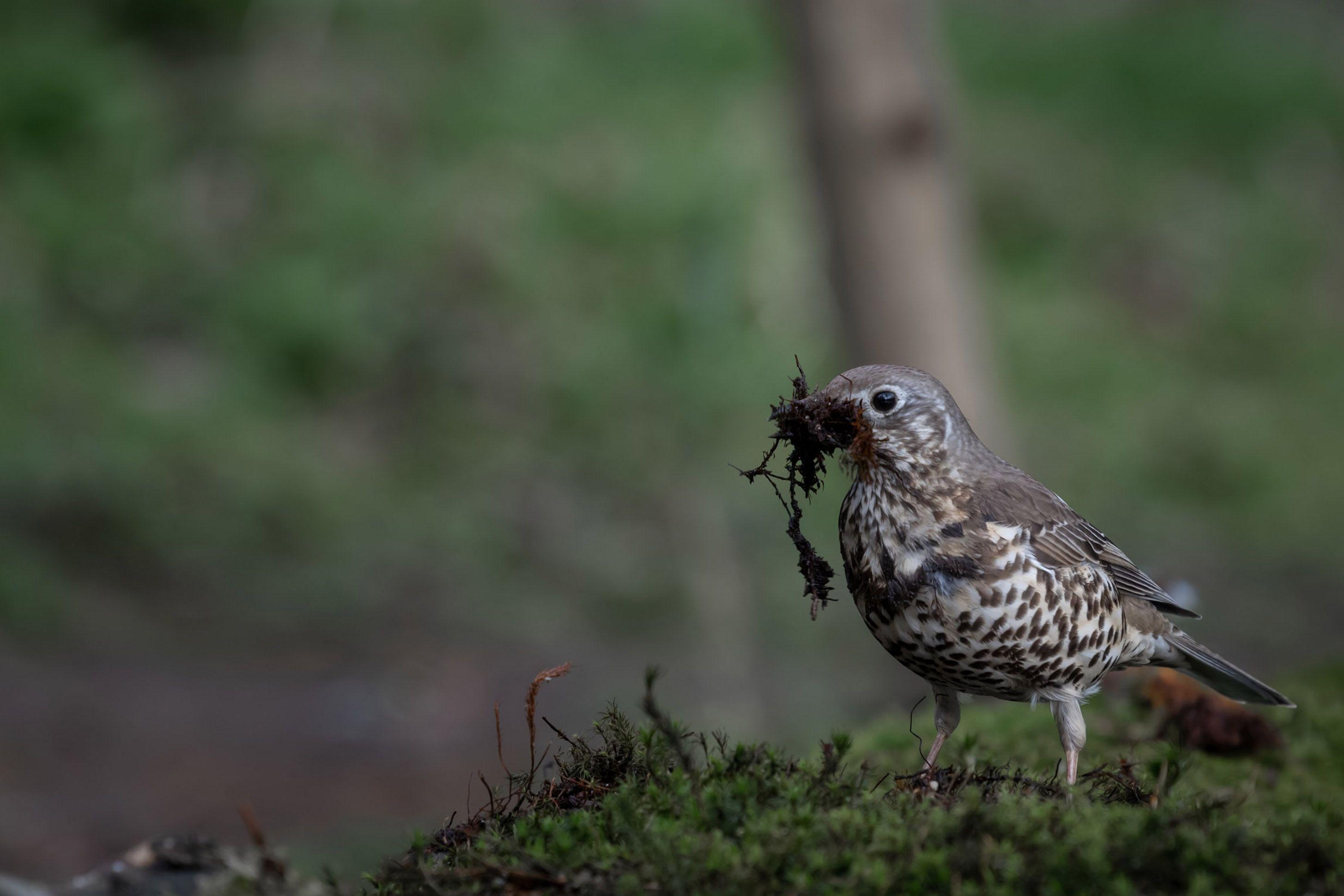
Collared dove
Song: A repeated, monotonous phrase, much shorter and simpler than woodpigeon with just three parts: 'hoo hooo-hoo'.
Call: A forceful, nasal sounding 'whurr'.
Best time to hear: Can be heard all year round.
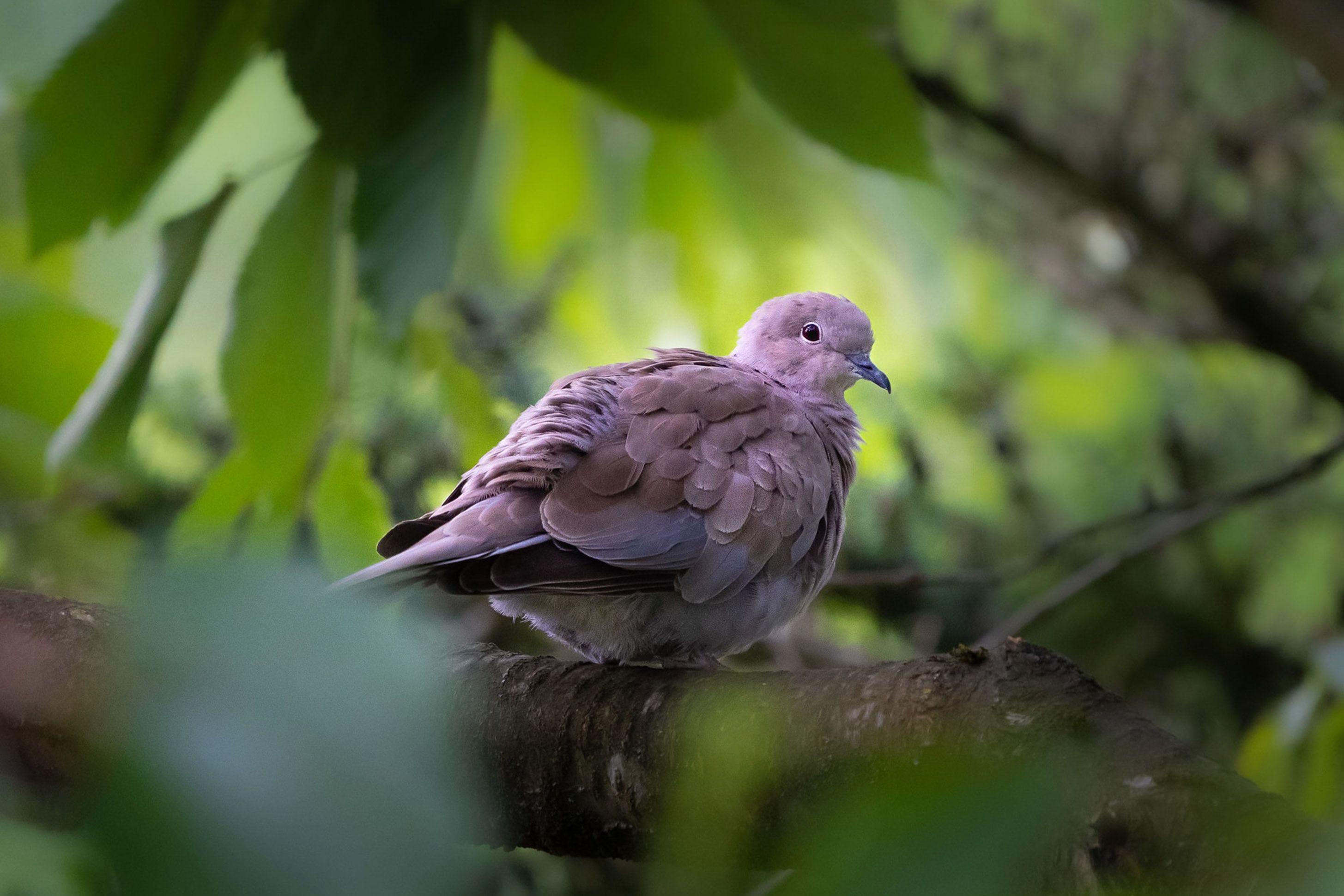
Starling
Song: Has an incredible repertoire of whistles, clicks, trills and chatters. It is also known to imitate other birds and clack its bill as part of its song.
Call: Uses several different sounds as contact and alarm calls, including harsh screeches, softer purrs and rattles.
Best time to hear: Can be heard during most of the year, and communal autumn roosts can be particularly noisy!
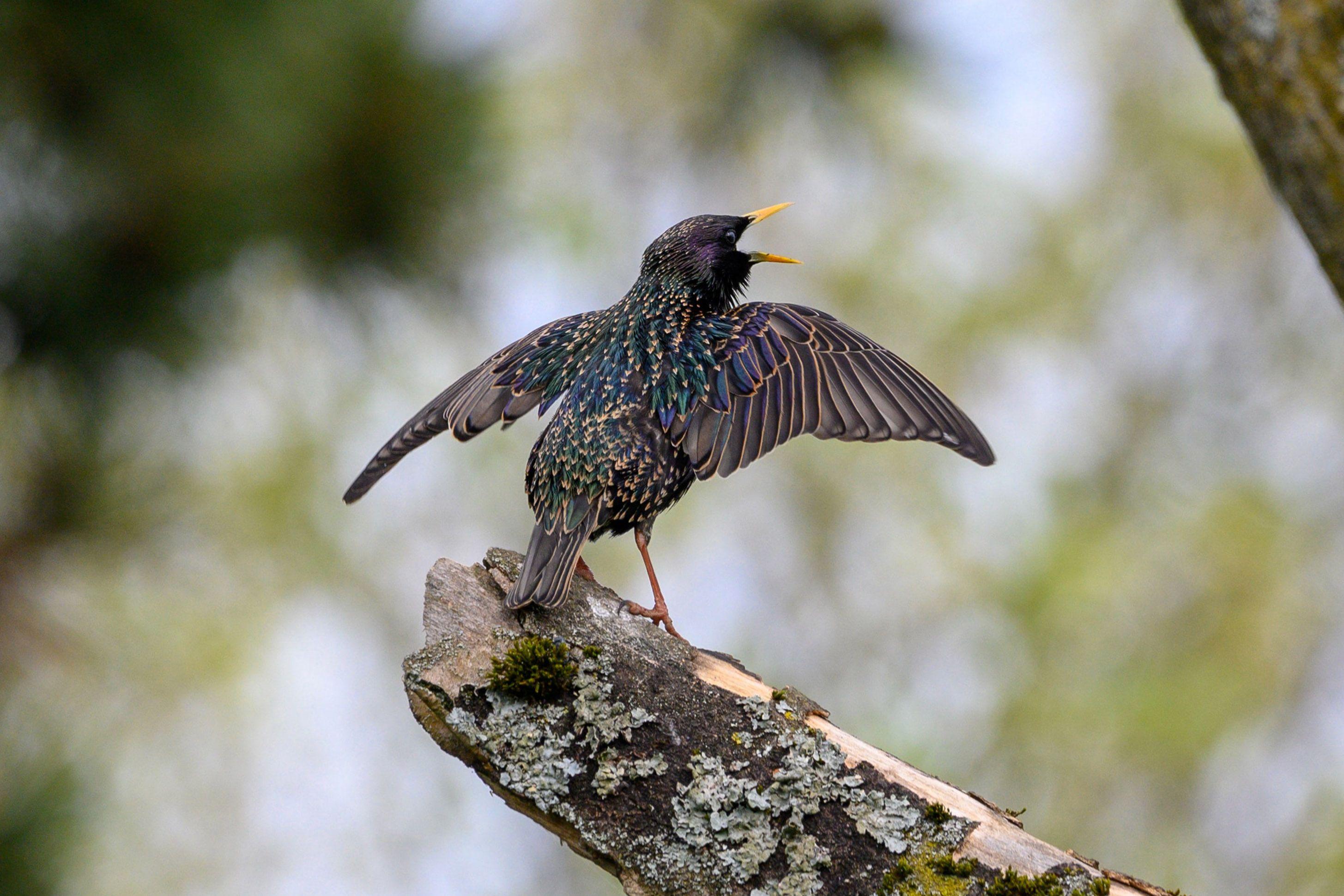
Sparrow
Song: Alternating series of cheeps and chirps. These gregarious birds can produce quite a chorus when vocalising together in their group, usually from hedgerows or thick shrubs.
Call: A simple cheep sound to communicate with other birds in the flock.
Best time to hear: Can be heard throughout the year.
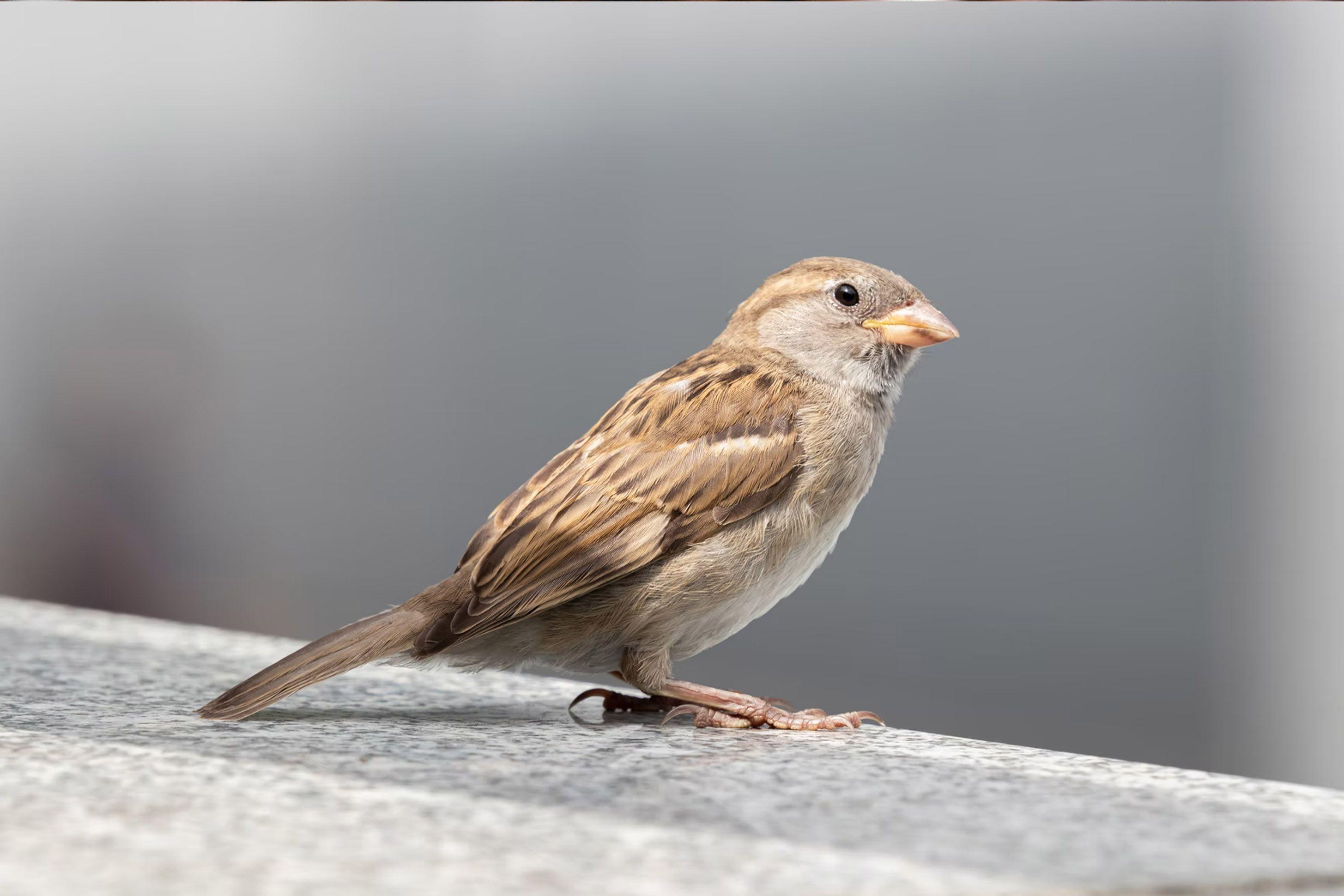
Woodpecker
Song: Unlike the other birds on our list, great spotted woodpeckers don't sing to defend their territory. Instead they advertise to mates by drumming their strong beaks against trees, producing a rapid, echoing sound.
Call: A loud, strident 'tchik tchik', usually given in flight.
Best time to hear: Listen for drumming in early spring just as leaves are about to burst.
